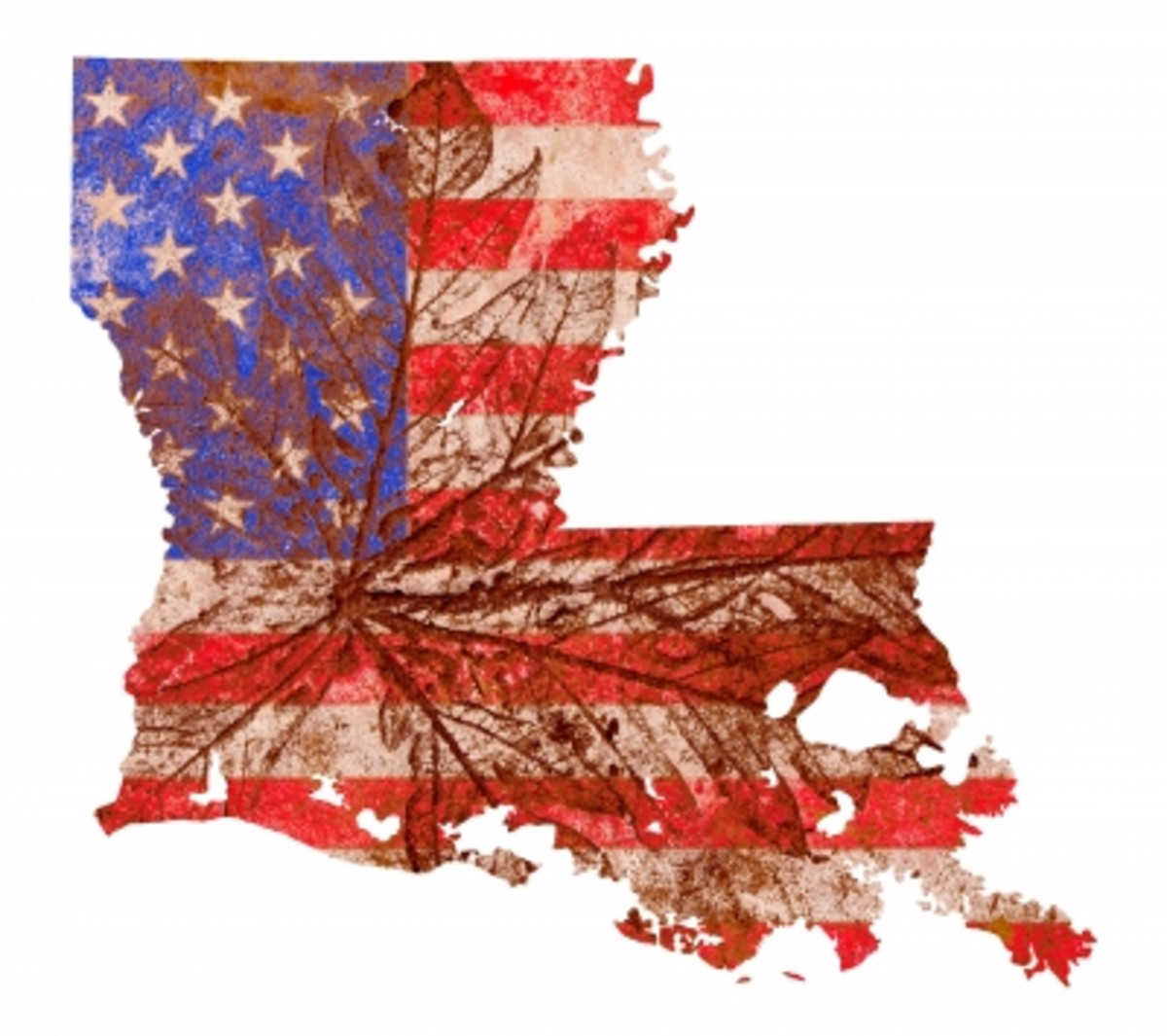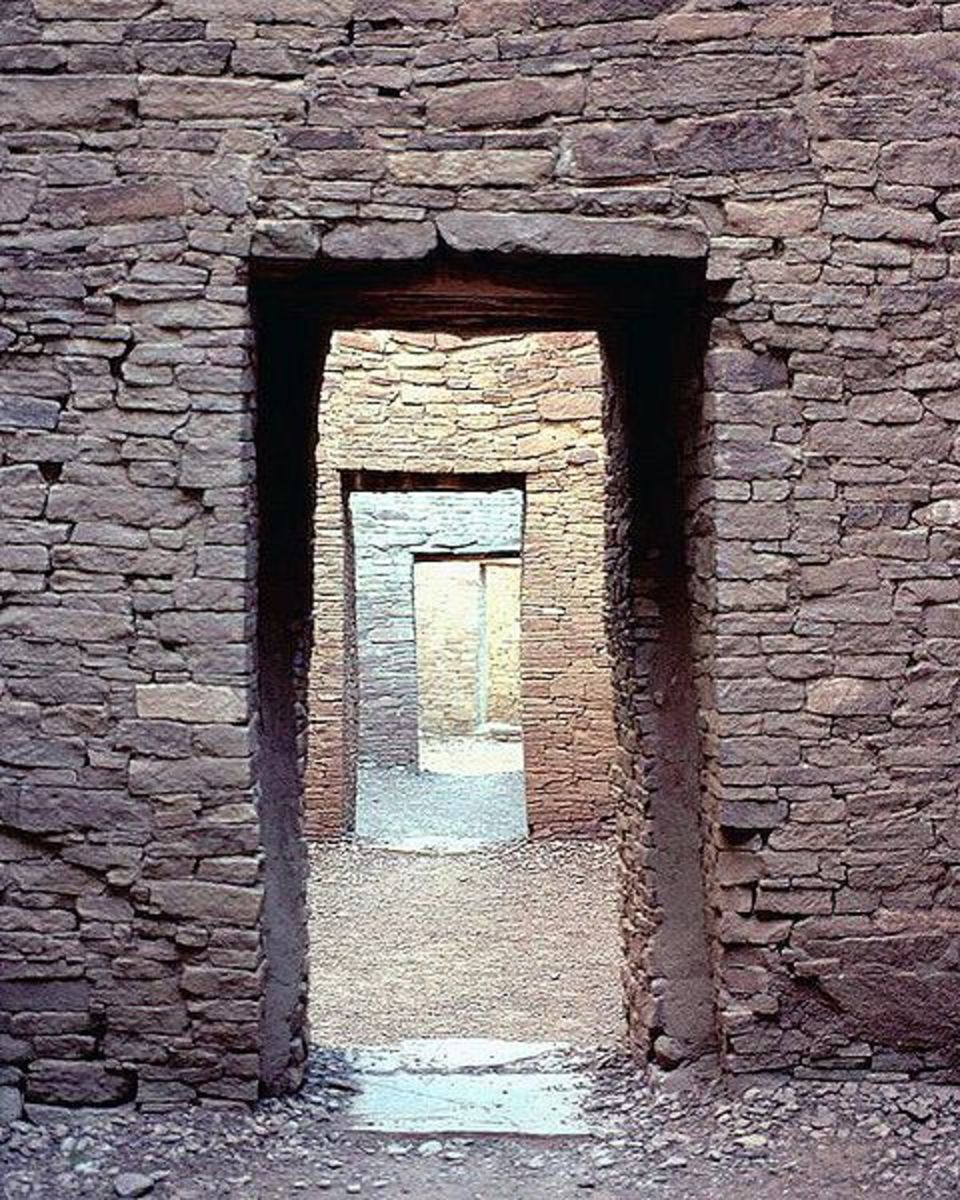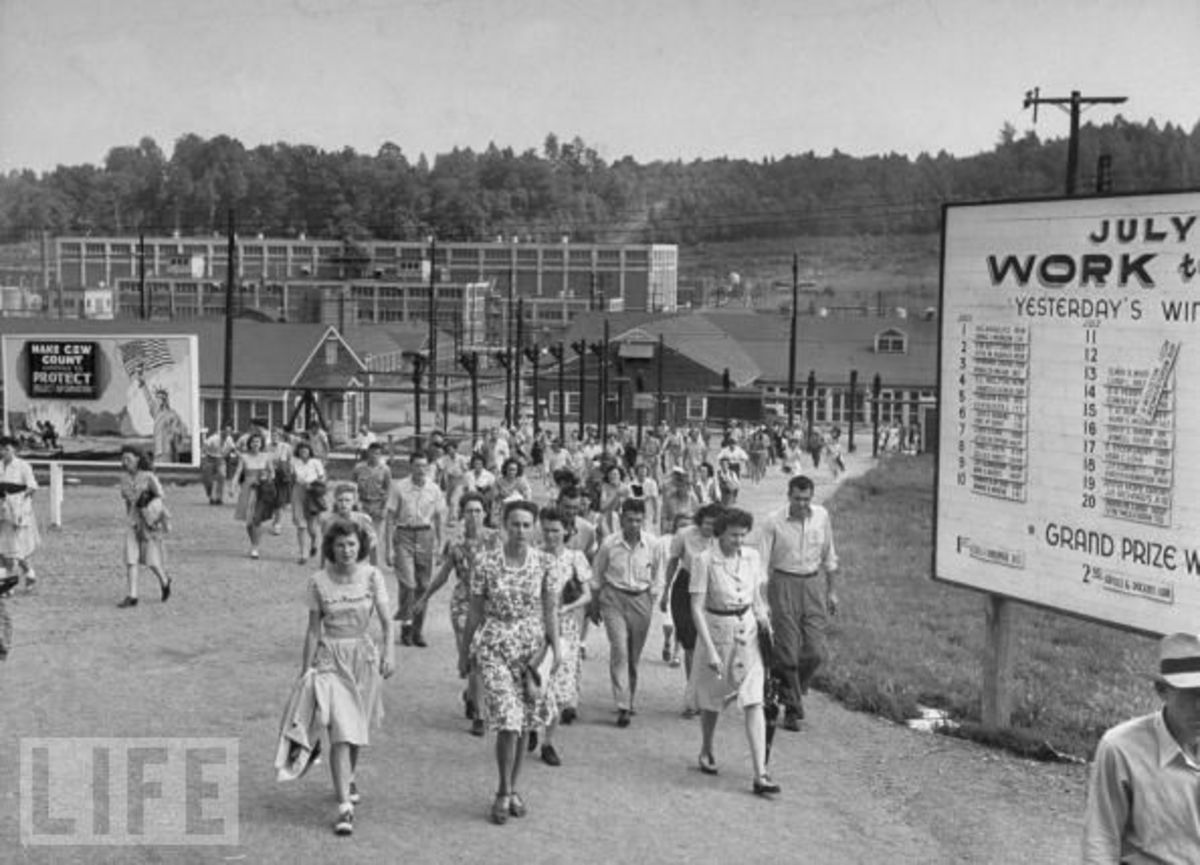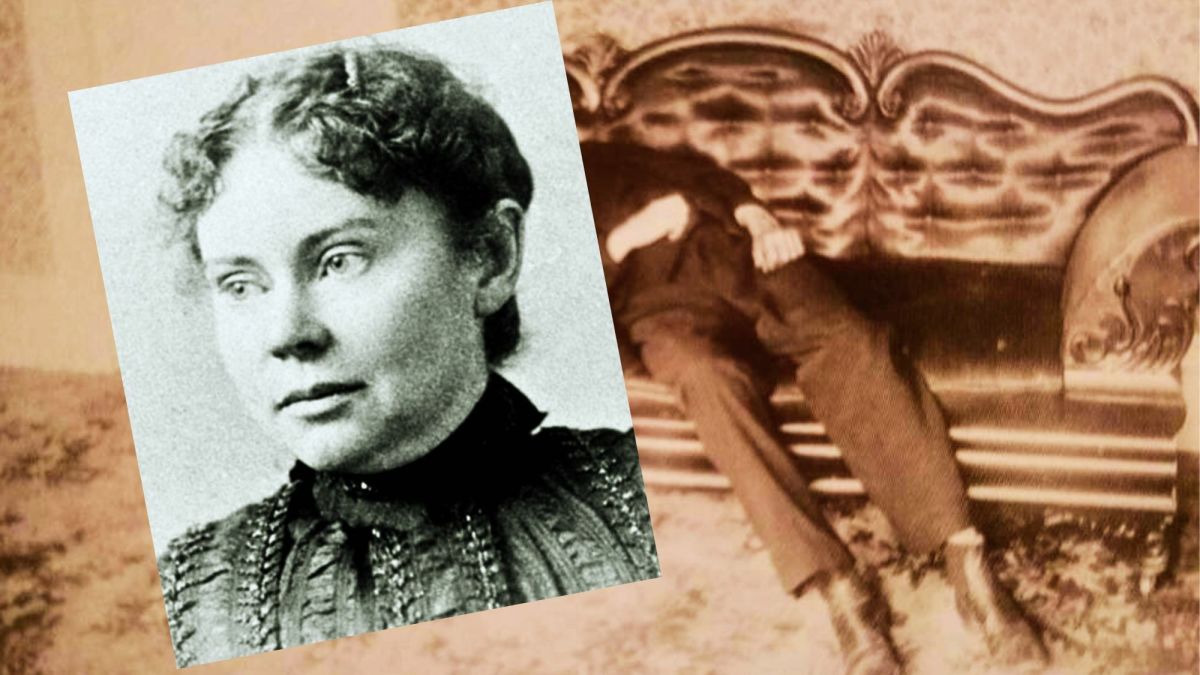- HubPages»
- Education and Science»
- History & Archaeology»
- History of the Americas
The Anasazi a.k.a. Ancient Pueblo People
Chaco canyon was one of the major centers of the Pueblo of Anasazi people. There are many remarkable things to be found here.
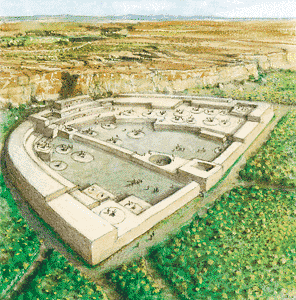
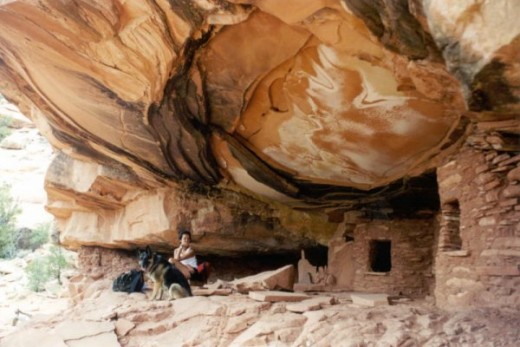
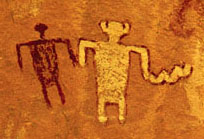
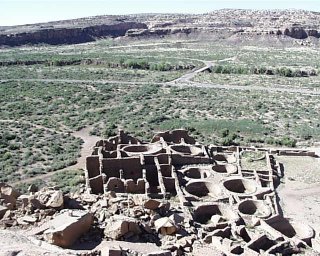
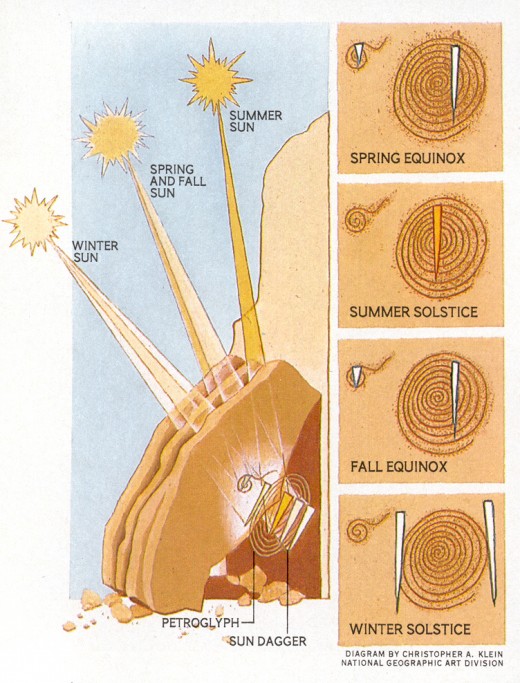
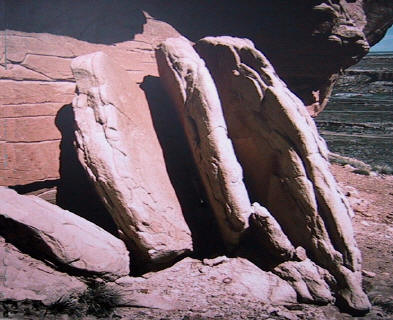

The Anasazi are a fascinating nation of ancient America
One of the most interesting North American artifacts is the cliff face dwelling left behind a once influential and prosperous nation that many know today as the Anasazi. These people were skilled builders and practices agriculture in a marginal region that was impossible for most others. It is considered that they “made the desert bloom as a rose”. Their chief residence can still be seen today and it is commonly known as Cliff Palace located in Mesa Verde National Park. It is a tourist destination today, but was once a thriving metropolis. Housing up to 5,000 residents at its height. Now this may not seem like much, but for an arid, semi-desert region of scrub and cactus that required irrigation from infrequent rains, this was a marvellous feat in more ways than one.
Ancestral Pueblos were an ancient First Nations North American culture centred on the present day Four Corners area of the United States, encompassing southern Utah, northern Arizona, northwest New Mexico, and a small section of Colorado. This cultural group has often been referred to in archaeology circles as the Anasazi, but the term is not preferred by the modern Pueblo peoples. The word Anasazi is a Navajo word for "Ancient Ones" or "Ancient Enemy". This suggests that there was a war for territory in the distant past.
Archaeologists are still debating exactly when this distinct culture emerged. The current consensus based on terminology defined by the Pecos Classification, suggests their emergence occurred around 1200 BC approximately the same time period as the Maya and Olmec. During the archaeologically designated Basket-maker II Era, beginning with the earliest explorations and excavations, researchers have believed that the Ancient Pueblos are ancestors of the modern Pueblo peoples. Today, in general, modern Pueblo people claim these ancient people as their ancestors.
The ancient Pueblo built multi-storeyed, multi-purpose cliff faced dwellings using brickwork combined with stones composed of sand, adobe mud and mixed with straw. Part of the complex was carved straight out of the rock. The fact that they made such an effort tells us that they were sedentary and thus agricultural instead of being hunter gatherers. These were oriented in a north-south direction as this played a part in their religious beliefs concerning the living and the dead ancestors. These structures exploited a naturally occurring hollow in a cliff carved out by millennium of wind in the semi arid climate. In the time they inhabited the area, the climate was a little cooler and wetter, but over the centuries, the climate tended to warmer and dryer. The fact of the matter long before they arrived, the climate swung back and forth. The Pueblo managed to adapt to the warming drying trend using irrigation and remained while other people did not adapt to climate change and either left of died out. Eventually, owing to a combination of circumstances, they left too. These circumstances include the continuing drying trend, falling agricultural production and depletion of the thin soil. A trigger event is a 50 year long drought that struck around 1130 AD.
Mystery of the Anasazi
To the east of their nation territory, was Chaco canyon where a huge stone round house was found in what we now call New Mexico. To the north east was Mesa Verde in what we know as the south west corner of Colorado. The cliff dwellings consisting of apartment-like complexes for which the Pueblo are renowned, are located close to Los Alamos in New Mexico. Part of their territory extended well into northern Mexico and they existed long before the establishment of the Aztec nation. Collectively, this nation comprised of hundreds of thousands of individuals. These population complexes scattered throughout their nation, hosted cultural and civic events and an infrastructure that supported a vast outlying region hundreds of miles away, all linked by transportation roadways. As they had no horses or other pack animals, this was all done on foot. Travel from one end of the territory to the other took weeks. There was also trading going on from region to region via barter exchange for goods available in one region, but not another. One such trade item was salt. They reached the height of their empire between 900 AD to 1300 AD. In Chaco Canyon ancient Pueblo People and developers quarried sandstone blocks and hauled timber from great distances, perhaps even via TRADE AND assembled fifteen major complexes which remained the largest buildings in North America until the 19th century.
They built a network of 30 foot wide roadways that interconnected all their cities and lesser villages. These were carved down to the bedrock and at some locations, great ramps were built. The roadways had eight main branches that SPREAD out from their main centers to the edges of their nation. There are some 180 miles (300 kilometres) of roadways.
They also were aware of astronomical cycles including the 19 year metonic cycle of the moon. The “Sun Dagger” petroglyph Carving of a peculiar spiral on a rock that can sight the moon through a narrow crevasse has been determined to follow the metonic cycle sighted to the eastern rising point. It is a complex spiral with 19 turns. It also tracked the annual transit of the sun with great accuracy. It was likely this complex that was used to time agricultural cycles with accuracy. It was conveniently located at the top of a massive ramp in Chaco Canyon, the site of one of their largest round houses. The existence of this one observatory is proof that they lived there for a long time in order to tease out such information. Beyond this, they had no writing besides art and imagery. Everything of astronomical importance to them is recorded in the mysterious spirals that can track the moon and sun. This information was thus handed down generation to generation until the society vanished into history.
The Pueblo or Anasazi were gone before the advent of the Columbian period of 1492 and thereafter. Though they did not directly suffer the consequences of the new invasions that came in later centuries, their descendants were to live through the horrors after them.
Reference
http://wapedia.mobi/en/Ancient_Pueblo_Peoples



